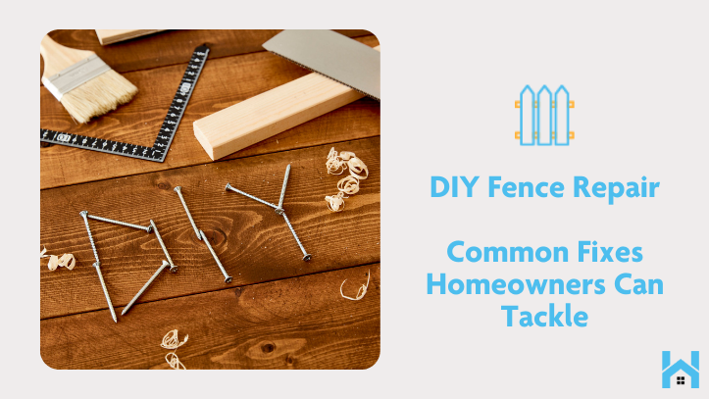Tackling pest issues in the home can seem overwhelming, but DIY pest control presents a cost-effective and enabling solution. While taking matters into your own hands can lead to successful outcomes, it is important to recognize that this approach also carries certain risks.
This article will explore the benefits of DIY methods, identify common household pests and their behaviors, and provide essential do's and don'ts to ensure your efforts are both safe and effective. Additionally, it will outline when it may be prudent to consult with professionals.
Continue reading for practical tips and insights that can assist you in reclaiming your space from unwanted guests.
Benefits and Risks of DIY Pest Control
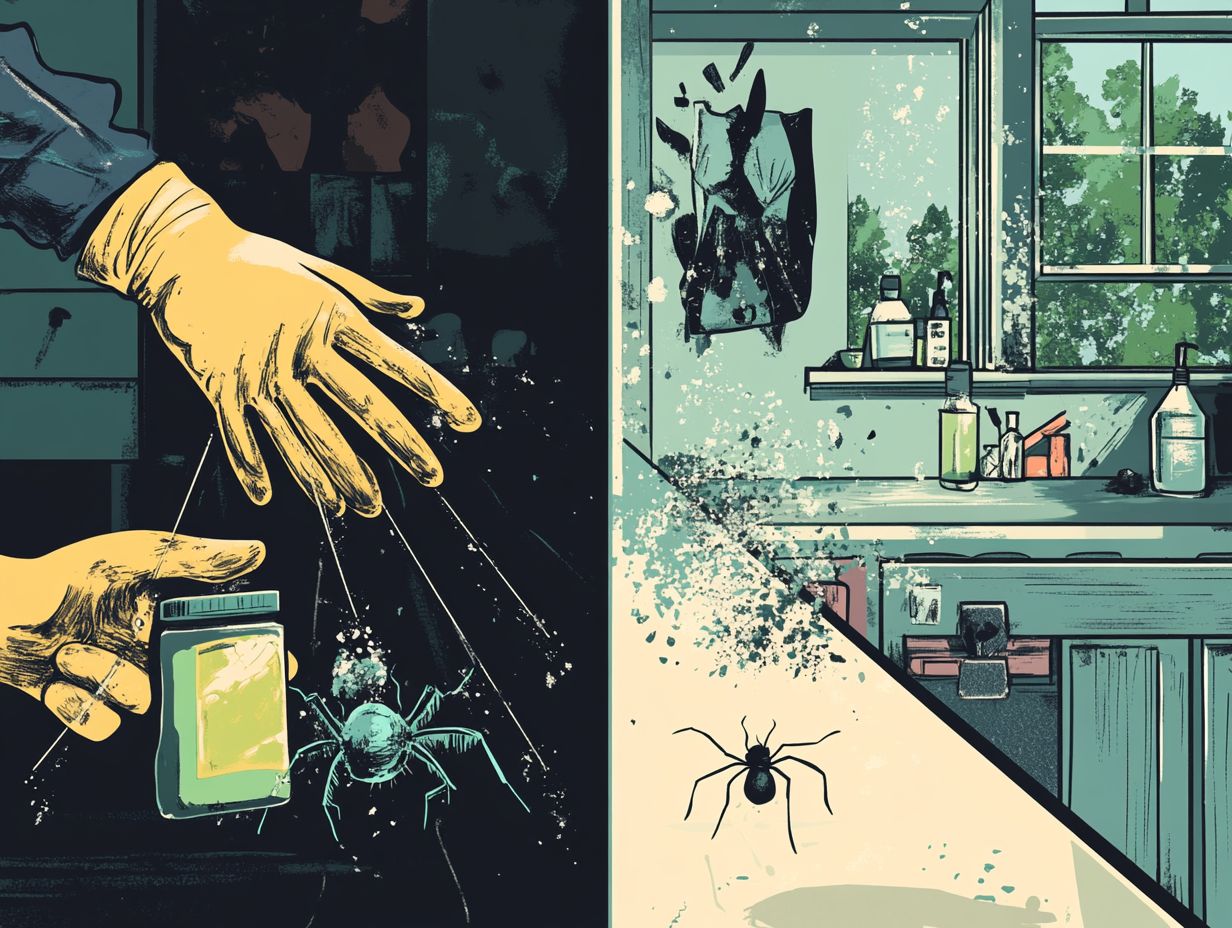
DIY pest control can be a cost-effective way to manage common pests in the home, enabling homeowners to take proactive steps towards prevention while using natural pesticides or traps instead of harmful chemicals. While these methods can effectively address infestations, they come with certain risks that require careful consideration, particularly in terms of safety for children and pets. It’s important to understand both the benefits and potential hazards for successful pest management.
Using DIY techniques not only helps save money compared to hiring professional exterminators but also promotes eco-friendliness, as many natural alternatives contribute to reducing the chemical footprint in households. By utilizing organic solutions, homeowners can further enhance their efforts.
However, one must remain vigilant because some homemade remedies may not work effectively, which could allow pests to multiply unchecked. Safety precautions are crucial since certain organic ingredients may still pose risks if not used correctly. Utilizing pest control equipment can further help in managing these risks.
Inexperienced users might inadvertently create unhealthy environments by using incorrect strategies or improper amounts. Therefore, thorough research and careful planning are essential for achieving a balanced approach to pest prevention, ensuring both effectiveness and safety. This includes understanding pest behavior and implementing monitoring traps to keep track of pest activity.
Identifying Common Household Pests
Identifying common household pests is the initial step in effective pest management. Recognizing the signs of infestation allows for timely action and appropriate treatment options.
Whether dealing with indoor pests like cockroaches and spiders or outdoor nuisances such as wasps and bees, understanding their biology and habits is essential for implementing effective pest prevention strategies.
Accessing reliable resources on pest identification can enable homeowners to address issues before they escalate. Utilizing local regulations and guidelines can also be beneficial.
Types of Pests and Their Habits
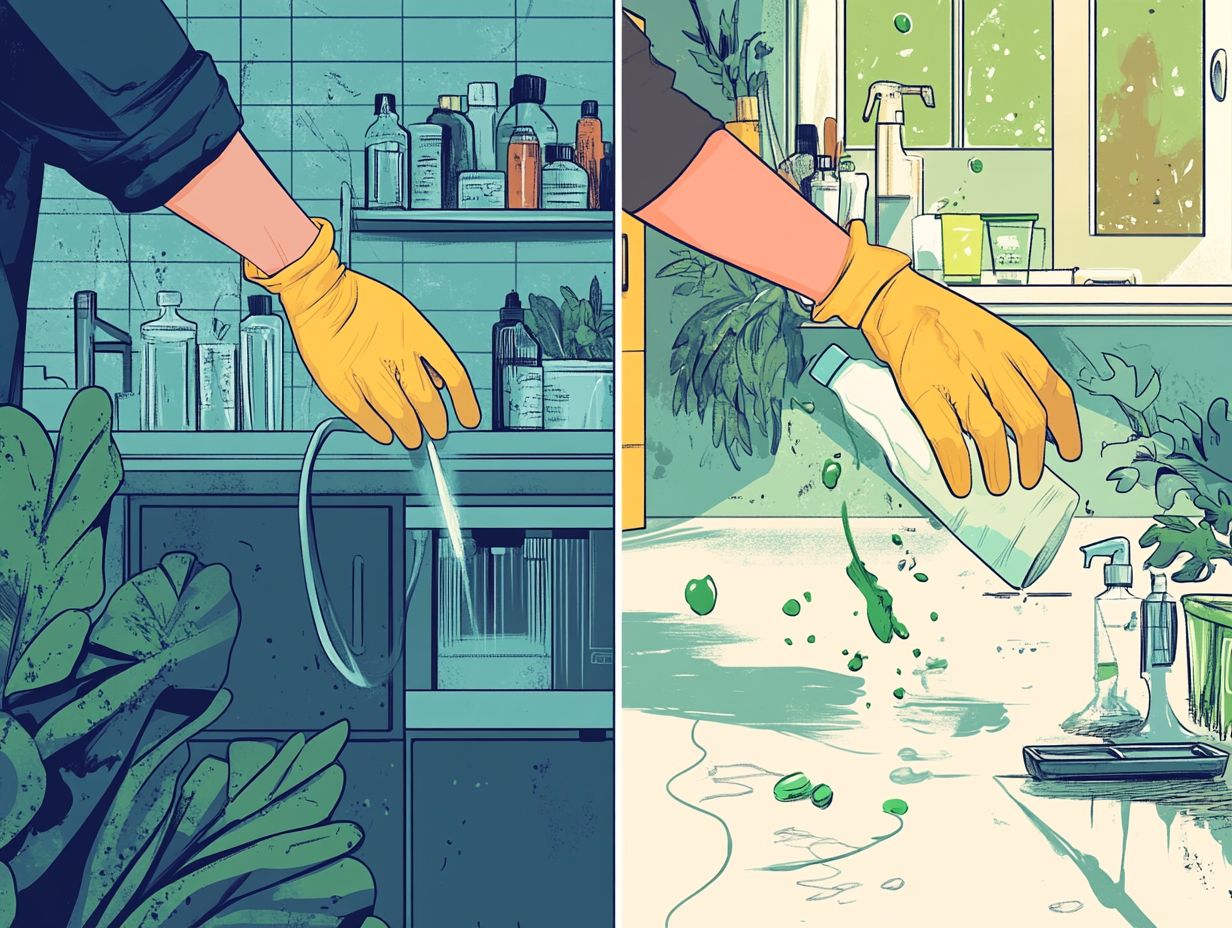
Different types of pests exhibit distinct behaviors that can significantly influence how they invade homes and gardens, making pest control a complex endeavor. For example, rodents are well-known for seeking shelter indoors as temperatures drop, while seasonal pests like termites and ants may appear when the weather warms up. This variability necessitates pest management strategies that are specifically tailored to these behaviors.
House mice and rats often search for food and nesting materials, which can lead to contamination issues. In contrast, outdoor insects such as wasps and bees typically build their nests near eaves and overhangs. The habits of these creatures can change with the seasons; for instance, ants usually establish their colonies in the spring, emerging in search of food. Proper sanitation practices are crucial to prevent attracting these pests.
Understanding these seasonal behaviors not only facilitates early detection but also informs more effective control measures. This may include sealing entry points, implementing exclusion techniques, and using targeted baits for specific pest species, thereby ensuring a proactive approach to maintaining a pest-free environment.
Do's of DIY Pest Control
In terms of DIY pest control, following a few best practices can greatly enhance your chances of success while minimizing potential risks. These practices include using child-safe products and pet-safe options whenever possible.
Utilizing effective methods such as traps and baits, along with home remedies, DIY kits, and preventive measures, can significantly help manage pest populations and prevent infestations.
By implementing these pest control techniques, you can ensure a safer environment for your home, children, and pets while using environmentally friendly practices.
Effective Prevention and Control Methods
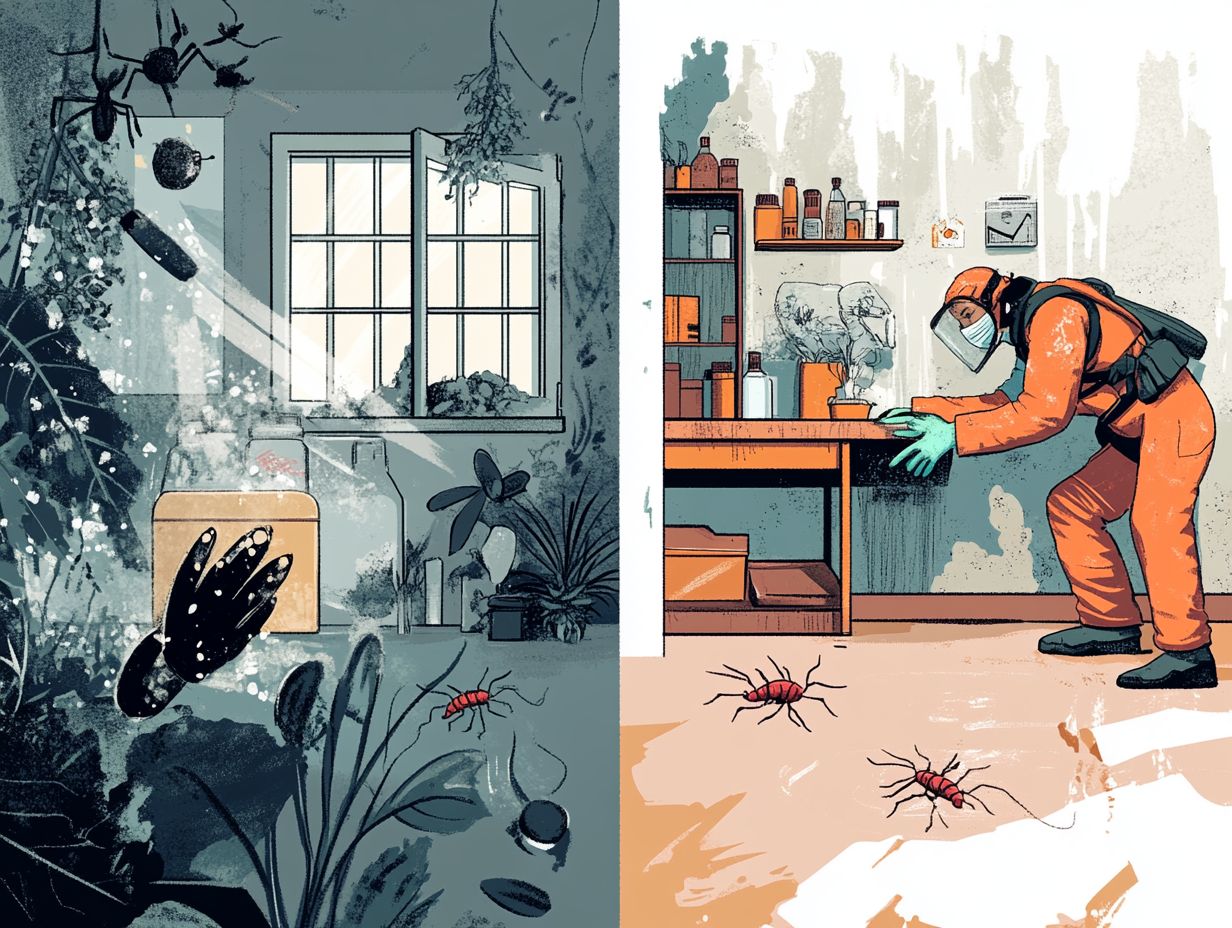
Effective prevention and control methods are essential for keeping your home pest-free, and they can include a range of strategies tailored to specific pests. Utilizing pest repellents, essential oils, and maintaining thorough cleaning practices can significantly reduce the risk of infestations, making it easier to uphold a safe and healthy environment, especially against nuisance wildlife.
For example, incorporating natural deterrents like vinegar solutions and citrus peels can effectively keep unwanted guests away, while properly storing food helps minimize the likelihood of attracting pests. Sealing cracks and crevices around the home creates physical barriers, further enhancing pest control efforts. Homeowners should also consider conducting thorough inspections of their living spaces to identify any signs of pest activity early on.
By blending these DIY methods with professional solutions when necessary, individuals can develop a comprehensive approach to pest prevention that not only protects their home but also promotes overall well-being, ensuring compliance with local regulations.
Don'ts of DIY Pest Control
While DIY pest control can be quite effective, it is important to be aware of certain critical pitfalls to avoid potential dangers and mistakes that could exacerbate the situation, including allergic reactions to certain pest control products.
Relying on harmful chemicals or improper techniques can create safety hazards for both your family and pets. Therefore, it is essential to adhere to safety precautions whenever you decide to undertake any DIY pest control methods, including using safety gear.
Potential Dangers and Mistakes to Avoid
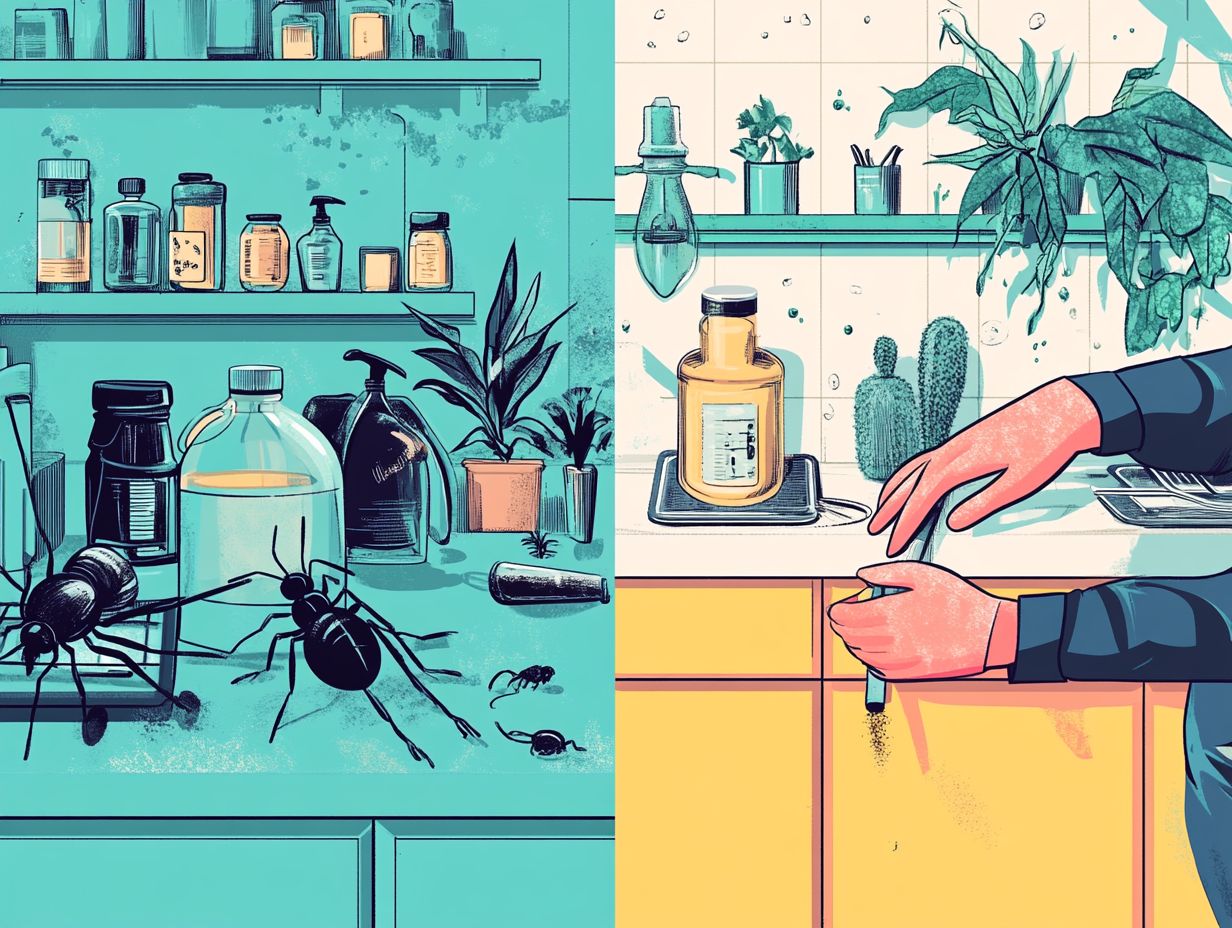
Understanding the potential dangers and mistakes associated with DIY pest control is crucial for effective pest management. Common pitfalls include the misuse of chemical insecticides, which can leave harmful residues in your home, as well as the failure to conduct a proper risk assessment before applying pest control products. Being mindful of these factors ensures a safer experience for everyone involved.
Neglecting safety precautions can result in serious health risks, such as respiratory issues from inhaling toxic fumes or skin irritation from contact with hazardous substances. Additionally, improperly mixed solutions may not only fail to eliminate pests effectively but could also lead to new infestations or damage your property. Regular monitoring traps can help detect issues early.
It is essential to use protective gear, such as gloves and masks, and to understand the specific needs of the pests you are targeting. By prioritizing thorough risk assessments and adhering to safety protocols, individuals can minimize potential harm and achieve more successful pest eradication.
When to Call a Professional
Understanding when to seek professional pest control services is essential, especially if DIY methods are falling short or if an infestation has escalated beyond your ability to manage.
Engaging professional extermination services can offer more advanced treatment options, ensuring thorough management of pest populations. These experts also provide necessary follow-up treatments to safeguard your home against future infestations, utilizing effective treatment intervals for best results.
Signs That DIY Methods Are Not Enough
Recognizing when DIY methods are no longer effective for pest management is crucial for preventing further damage to your home. If you observe persistent signs of infestation, such as increased pest activity or structural damage, it may be wise to consider professional extermination services. These experts can address the issue with the appropriate treatment frequency and specialized knowledge, providing effective treatment options to resolve the situation.
Other signs to watch for include droppings, unusual sounds within the walls, or visible nests, all of which may indicate a more serious situation. Many homeowners often resort to various ineffective methods, such as over-the-counter pesticides or home remedies, which may provide only temporary relief. Without a thorough understanding of the specific pests involved, these strategies can be inadequate, emphasizing the need for damage assessment when necessary.
Consulting with a pest control professional offers a tailored approach, effectively targeting the root of the problem and implementing strategies that can prevent future infestations, ensuring compliance with local regulations.
Final Tips and Recommendations
As you conclude your DIY pest control journey, consider these final tips and recommendations to enhance your efforts and maintain a pest-free home. Establishing regular maintenance schedules and adhering to best practices are crucial, along with seeking insights from user reviews and community resources that can offer valuable support, including expert advice on effective techniques.
Incorporating natural deterrents into your strategies can significantly boost your pest management efforts while ensuring the safety of your household. Participating in local gardening groups or online forums can also provide tailored advice specific to your region and the common pest issues you may face, including beneficial insects that can aid in pest control.
Creating a welcoming environment through cleanliness and proper food storage is an effective way to prevent infestations. Staying informed about seasonal pest behaviors will enable you to take proactive measures, ensuring that your home remains a healthy haven throughout the year, with moisture control being a key factor in preventing breeding grounds.


